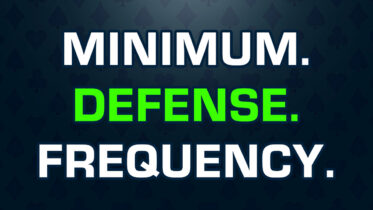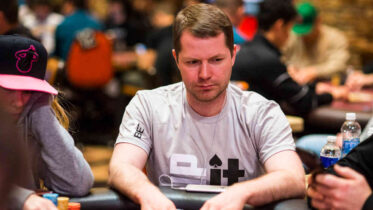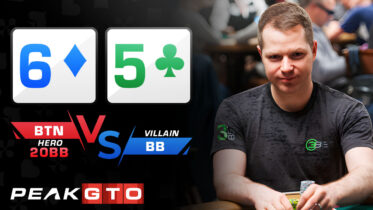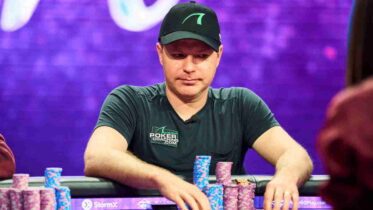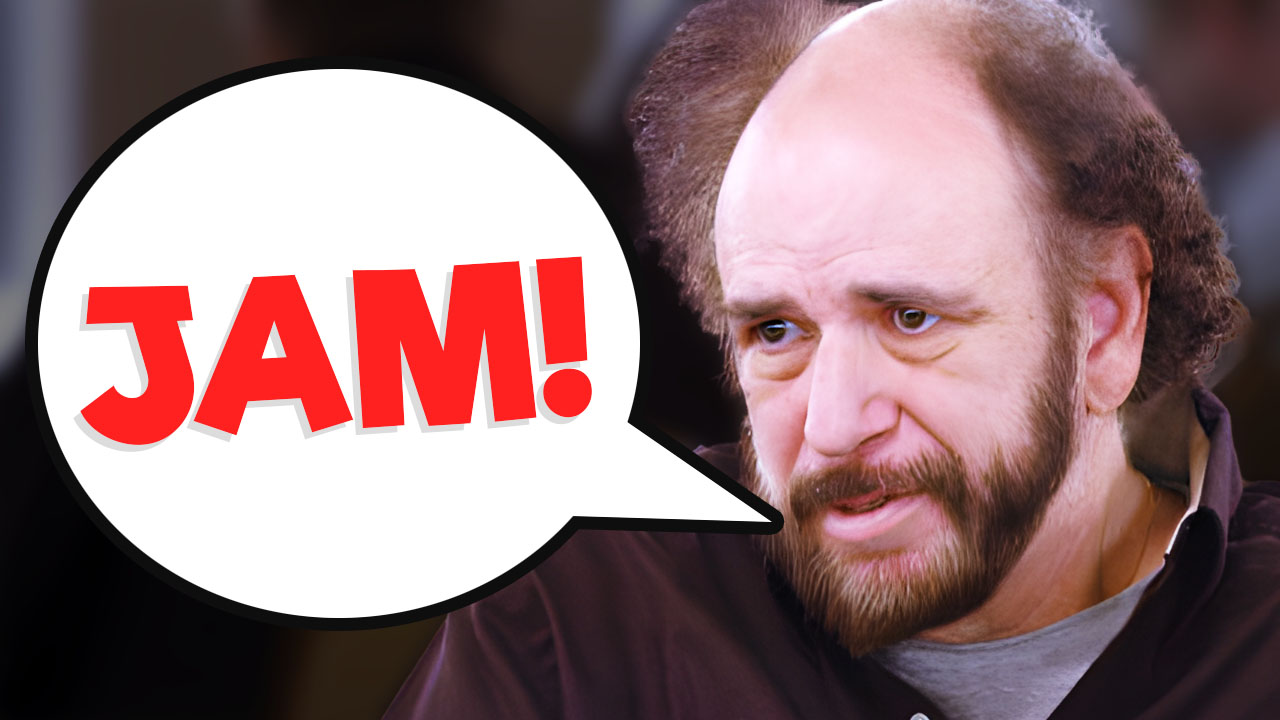If you have been watching high-stakes poker games in recent years, you have probably seen some very good players make some very strange calls on flops and turns in many hands.
Poker hands that players would have easily folded ten years ago seem to be mandatory calls for new-school players playing in the biggest games in the world, and you are probably wondering why they are making such strange calls.
What’s even more, the calls seem to be working, as these players get to the final tables of major tournaments and win big in cash games time and time again.
The reason, of course, is in the game theory optimal (GTO) approach to the game of poker, which many young players have adopted and mastered.
Among the numerous GTO concepts, minimum defense frequency (MDF) is certainly quite an important one and one that has a direct impact on players making calls that you probably don’t understand.
In this article, I am going to explain what minimum defense frequency is, how to calculate your MDF in real time, and how to apply the concepts to play better poker the next time you sit down at the table.
What Is Minimum Defense Frequency?
Back in the day, poker players used to face a bet and think along the lines of “does my opponent have it” or “is my hand strong enough to call here.”
These days, poker is played differently at the highest levels, with players thinking in poker ranges and asking things like, “how strong is my opponent’s range” and “how does my range look like in this situation?”
If you are thinking about your and your opponent’s range, concepts like minimum defense frequency start to come into play.
Explained in the simplest terms, minimum defense frequency is the minimum percentage of the hands you need to continue with when facing a bet.
MDF is calculated based on the size of the bet and the size of the pot, and it tells you how much of your overall range you should be continuing with.
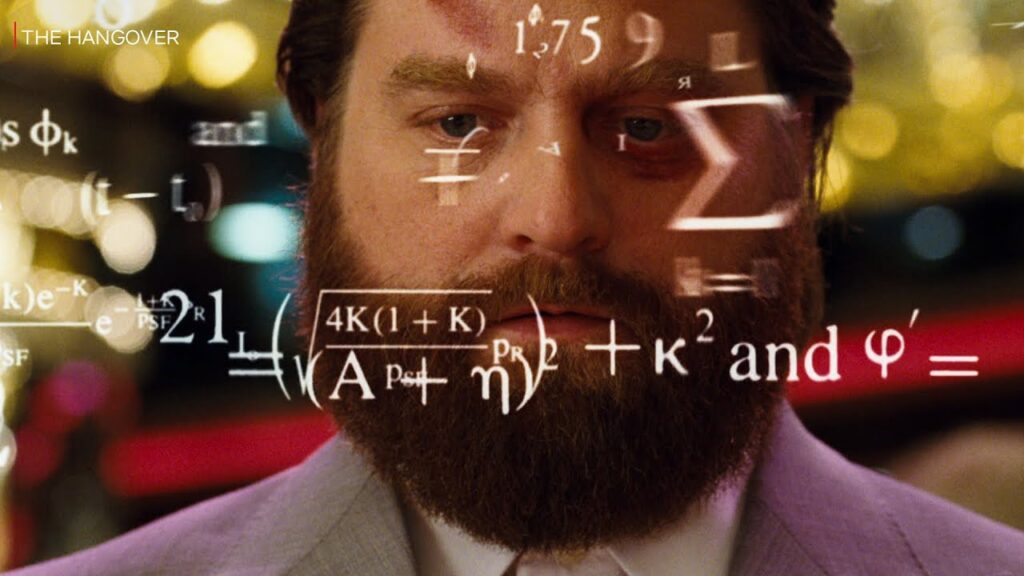
To come up with your MDF, you will use the following formula:
MDF = Pot Size / (Pot Size + Bet Size)
So, for example, if you are facing a $100 bet into a $200 pot, the calculation will look as follows:
MDF = 200 / (200 + 100)
MDF = 200 / 300
MFD = 0.67
From this number, you can easily get your MDF percentage, which shows that you will need to defend 67% of your range.
So, if you are facing a half-pot bet on the flop, you should technically call or raise with at least 67% of all the hands you have reached the flop with (your range).
The reason you want to continue with so many hands is simple. By doing so, you prevent your opponents from exploiting you by bluffing too much.
If you are continuing in accordance with MDF against all bet sizes, your opponents will know you are not easy to push around, and will not exploit you by bluffing their entire range.
If they do, your MDF strategy will make them pay, as you will have enough value hands in there that you will make a profit against them.
If they don’t, you will still break even against them in theory, and you will never allow your opponents to take advantage of your tendencies.

Of course, like most GTO concepts, MDF is not perfect, as you will never be able to play in perfect accordance with it in-game.
Yet, if you practice your minimum defense frequency enough away from the tables and apply it in your poker strategy, you will be a force to be reckoned with when you do sit down to play poker.
Common Minimum Defense Frequencies
While you can use the MDF formula I showed you above to calculate MDF in every single hand, professional poker players usually know their MDF numbers by heart before they even face a bet.
Most poker players make standardized bet sizes, so you will rarely face a bet size that you don’t expect in real poker games.
So, here is a premade table with MDF numbers for the most frequent bet sizes you will face, from biggest to smallest:
| Bet Size | MDF |
| 1.5 Pot | 40% |
| Full Pot | 50% |
| ¾ Pot | 57% |
| 2/3 Pot | 60% |
| ½ Pot | 67% |
| 1/3 Pot | 75% |
From the table above, you can see that MDF makes a lot of sense. The bigger the bet, the more of your hands you should fold. The smaller the bet, the more often you should continue.
Remember, though, that the percentage includes all hands you want to continue with, including those that you will call with and those you will raise in any given spot.
How to Use MDF In-Game
Now you know how to calculate MDF, but it doesn’t really help you play your hand when you face that bet and have to decide what to do with your actual hand.
So, let’s try to figure out how to use MDF in-game by looking at an example hand.
Playing in a $2/5 live cash game with an effective stack of $500, you face a $15 raise from the button and call in the big blind, going heads up to the flop.
With $32 in the pot, you check the As9c6c flop and your opponent c-bets for $15, just under half-pot.
Doing the quick MDF calculation tells us:
MDF = 32 / 47
MDF = 0.68
Against this bet that’s just under half-pot, we are supposed to call or raise with about 68% of our entire range.
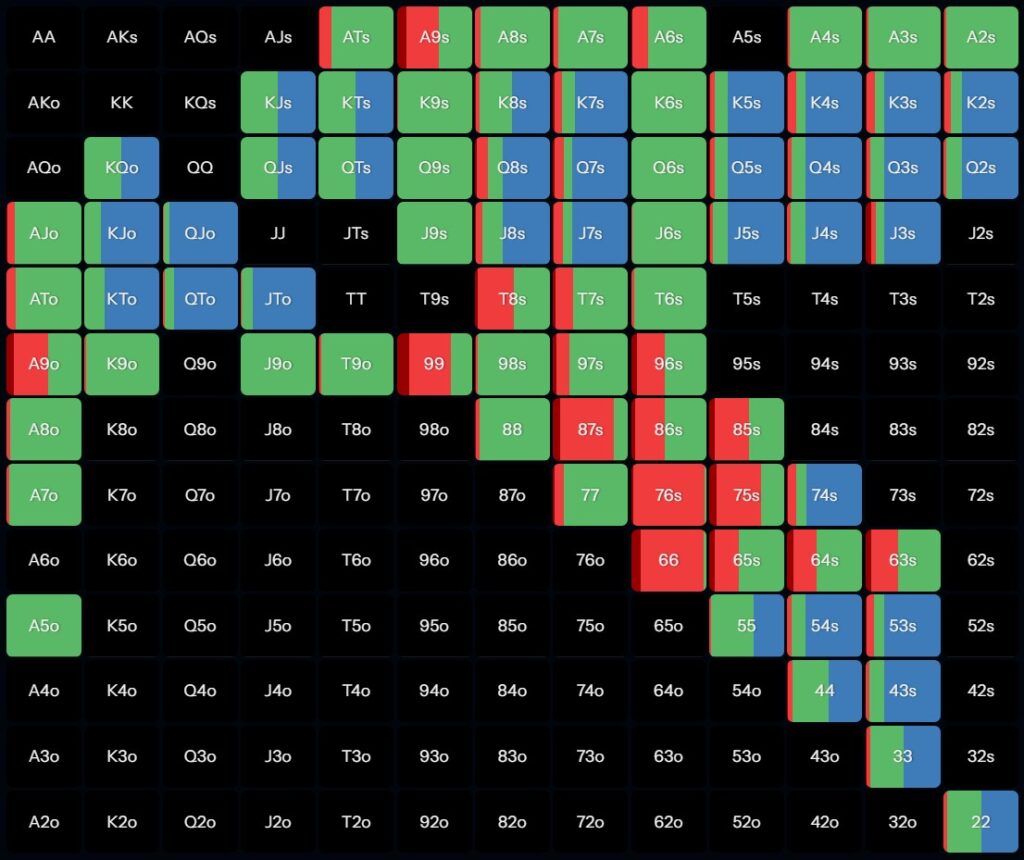
The problem, of course, is that our big blind defending range is very wide, and we have a ton of hands that have not connected with the flop at all.
In most Texas Hold’em games, players do actually end up folding the vast majority of their range, making this a spot in which the button can print money by simply c-betting and taking the pot down way more than 32% of the time.
Of course, even an average player knows that they are supposed to continue here holding any Ace, any Nine, and any flush or open-ended straight draw, but things get a bit more tricky with hands like 6x, gutshot straight draws, and Broadway hands that contain one club.
To get to 68% of our overall big blind defending range, we can’t simply continue when we have a pair or a strong draw, as these hands don’t makeup nearly 68% of our overall range.
If we want to play like the solver and actually continue 68% of the pot, we will need to call the flop bet with a number of dubious hands that only have backdoor equity, as well as raise with plenty of gutshot straight draws with backdoor clubs and other low-equity hands.
Playing this way is neither simple nor convenient, but when facing the best players in the world, it is just about the only way to win in the long run.
If you watch players like Fedor Holz or Isaac Haxton play, you will notice them continuing against flop bets with wide ranges all the time, and the reasoning for this is exactly in minimum defense frequency.
When to Deviate from Minimum Defense Frequency
Minimum defense frequency is a GTO poker concept that top-level players use when playing against other great players, but not one you should automatically use in every game you are in.
One thing you need to realize is that you don’t have to play perfectly when playing against imperfect opponents, as they will make many mistakes you will be able to exploit.
For example, if you are playing against an opponent who will not start bluffing more if you don’t defend enough, there is less of an incentive to apply MDF.

While you would still be winning if you did continue as per MDF, you can probably make even more money by playing tighter against some, and even looser against other opponents.
In low-stakes games, most players will bluff way less than the GTO strategy recommends. For that reason, you can also continue with way fewer hands, as your opponents’ ranges will be value-heavy and lack in bluffs.
Playing exploitative poker works better than GTO against most poker players in the world, but once you reach a certain level, you will have to learn how to apply concepts like MDF, or you will get destroyed by elite players who don’t miss out on any opportunities.
Play Around with MDF in Your Study Sessions
The next time you are studying poker and reviewing your hand histories, try playing around with MDF and trying to figure out which hands the solver would want you to continue in different spots.
You will probably notice you are folding many hands that solvers like to continue with, and you can go into the weeds and try to figure out how the solver chooses which hands from its range.
This kind of exercise will help you figure out which hands to continue when you play your next session and allow you to find some calls and raises in spots you would have normally folded.
However, also remember that MDF is only the GTO solution to a situation, but deviating from it and adjusting to your opponents’ tendencies can allow you to make a lot more money than you would if you simply followed the solver’s suggestions and continued in accordance with the pure MDF solution.
